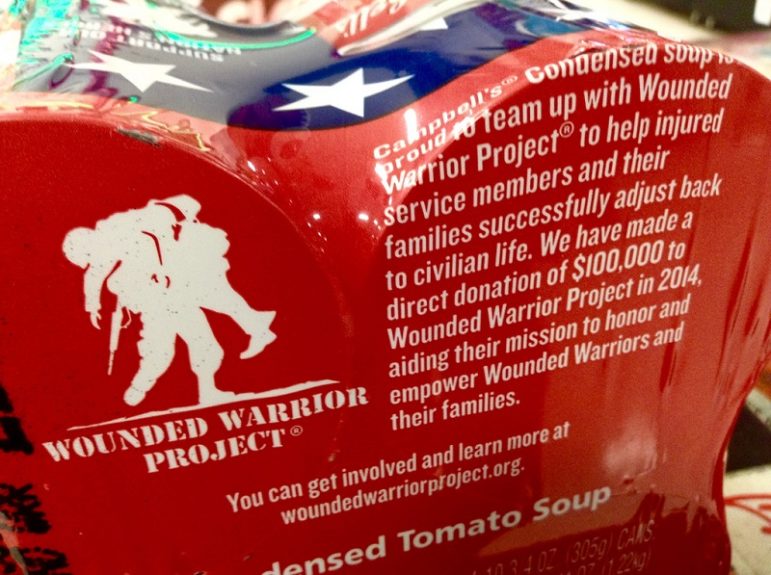
May 17, 2016; WJXT (Jacksonville, FL)
For the past month, Sen. Chuck Grassley (R-IA) and the Senate Judiciary Committee have been looking into the spending at the Wounded Warrior Project, specifically trying to make sense of the proportion of spending on veterans programs against the total budget. The organization provided the committee with the requested financial documents around a month ago, and Grassley yesterday sent a follow-up letter requesting further clarification.
In his letter to WWP Board Chairman Anthony Odierno, Grassley questions WWP’s claim that it spends 80 percent of its expenses on veterans’ services.
The Consolidated Financial Statement for FY2014 includes $80,710,673 in donated media which cannot be included on the Form 990. Thus, 33.3% of program services WWP reportedly spent on veterans was actually free media and advertising. This…partially illustrates how WWP arrives at its 80.6% figure. It includes free media as a program service to veterans. It is not clear whether the donated media was only outreach to veterans to help them access programs or whether it was for fundraising purposes. Absent donated media, WWP’s program service percentage falls well below 80.6% to 66.6%.
This not only moves closer to estimates made by charity watchdog groups, which have estimated the percentage as low as 43 percent excluding fundraising related costs.
Sign up for our free newsletters
Subscribe to NPQ's newsletters to have our top stories delivered directly to your inbox.
By signing up, you agree to our privacy policy and terms of use, and to receive messages from NPQ and our partners.
The senator goes on to question the group’s reporting of so-called “joint cost allocations”—that is, expenses that are aimed at a dual purpose of fundraising and educational benefit to beneficiaries. For organizations seeking further guidance on the issue of joint cost allocation, the Financial Accounting Standards Board (FASB) published a statement of position (or SOP) on the matter, which talks specifics of when the practice is permissible:
WWP spent $40,916,885 on program service costs that were joint educational and fundraising solicitations. As you are aware, Statement of Position 98-2 allows for combined educational activities and fundraising solicitations to be counted as program expenses. It is not clear to what extent these solicitations provide any benefit to veterans or provide direct support to WWP’s mission. Further, most charity watchdog organizations do not count this type of spending as a program expense because it generally does not provide any benefit in support of a charity’s mission other than fundraising. As such, claiming this nearly $41 million dollars as program services for veterans is questionable. And if no benefit is really derived for veterans, WWP’s program service percentage falls further below 80.6%.
The committee even questioned even the services themselves: “It appears the vast majority of the 94 percent of program services provided to veterans consisted of tickets to sporting events,” Grassley said in the letter. Grassley further questioned the characterization of placing $37 million over 2013 and 2014 into a trust fund as a program expense.
The senator finally ventured that, “Of the $242 million WWP spent on program expenses in FY 2014, it appears that approximately $150 million of it was not actually spent on veterans by WWP and a large portion of it was in-kind donations.”
The Grassley letter concluded with a set of further questions to be completed by June 1st, including a request for the independent review of spending practices commissioned by the board and copies of the fundraising materials against which the joint cost allocations were made.—Ruth McCambridge













